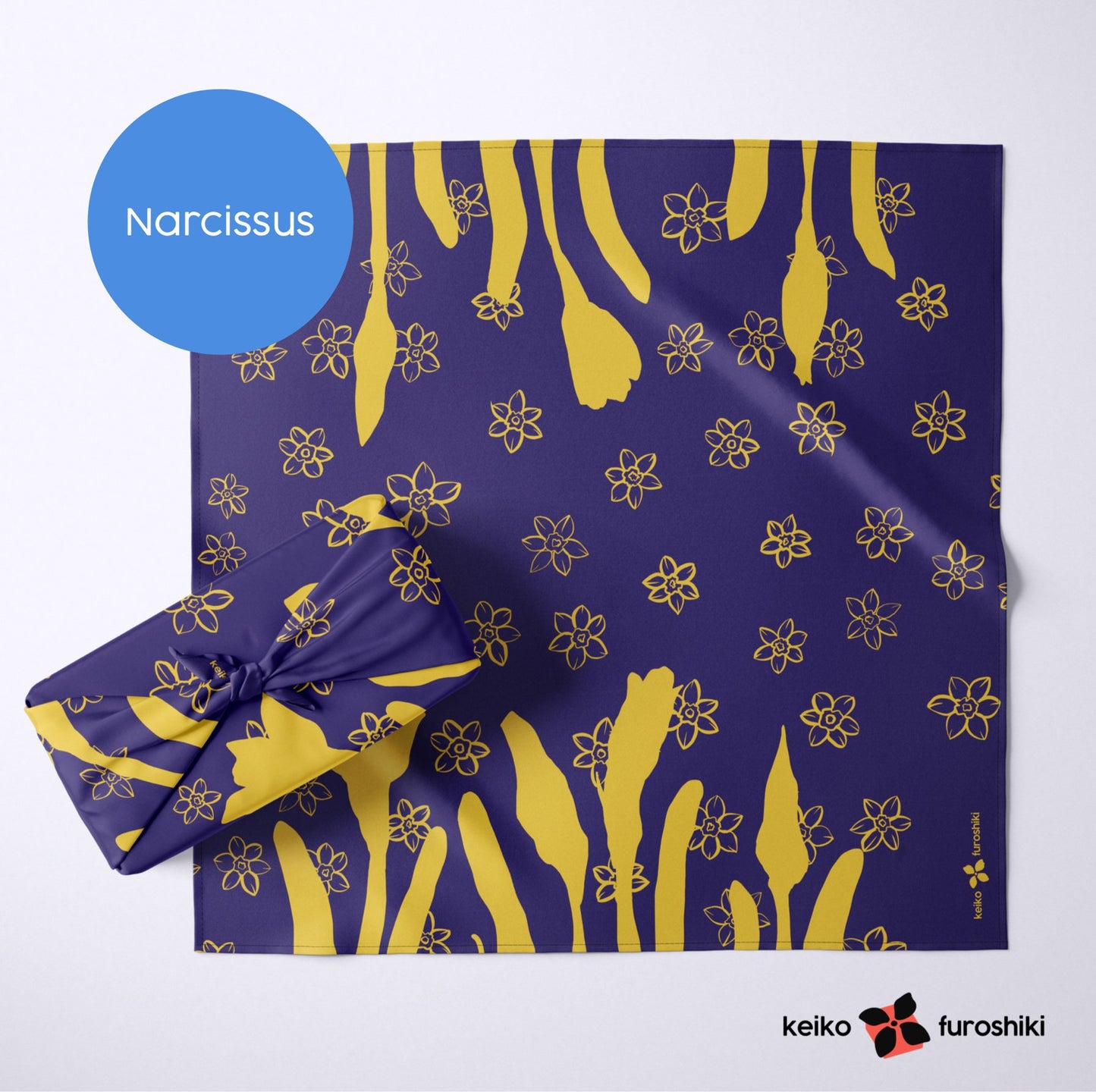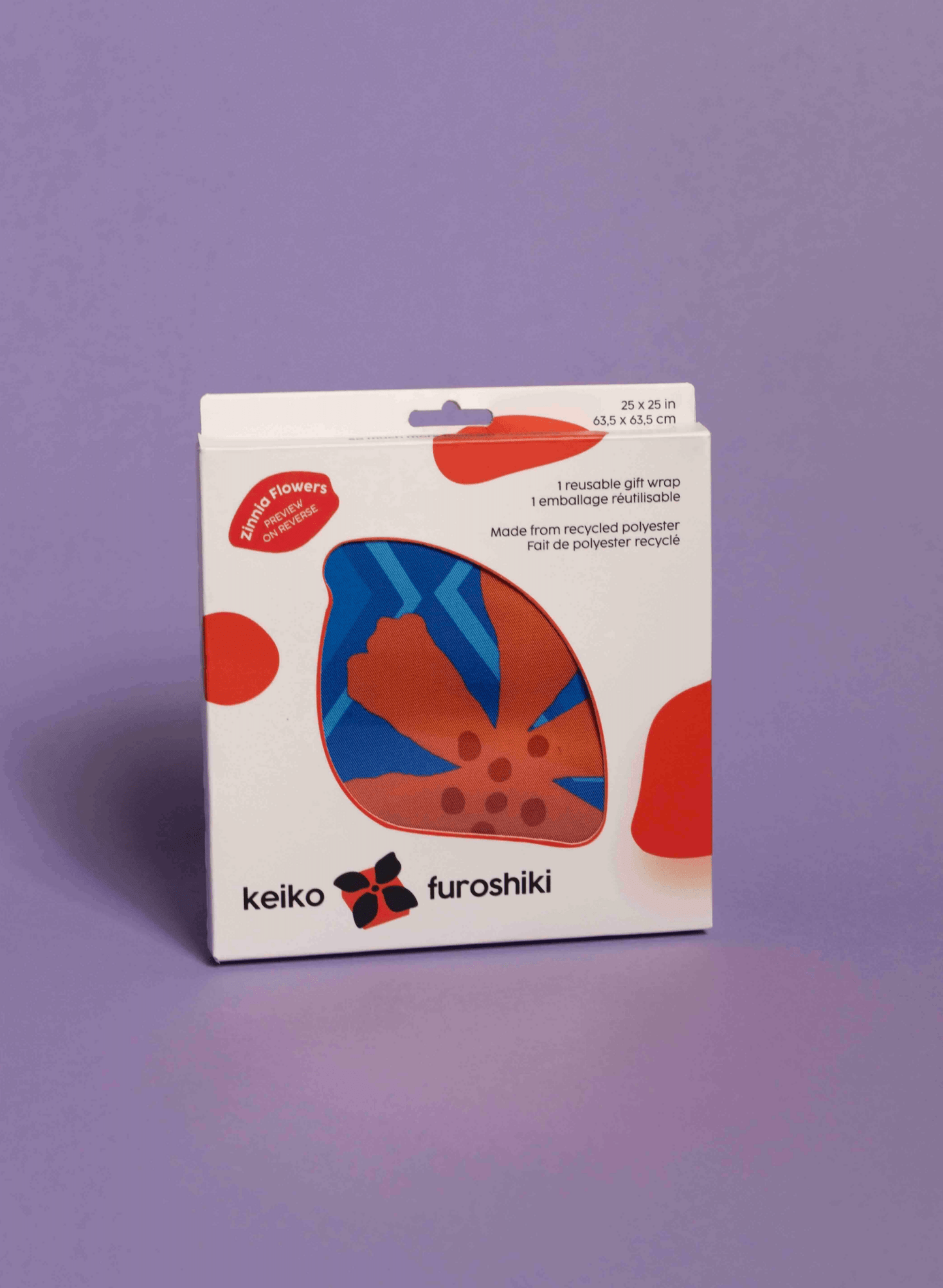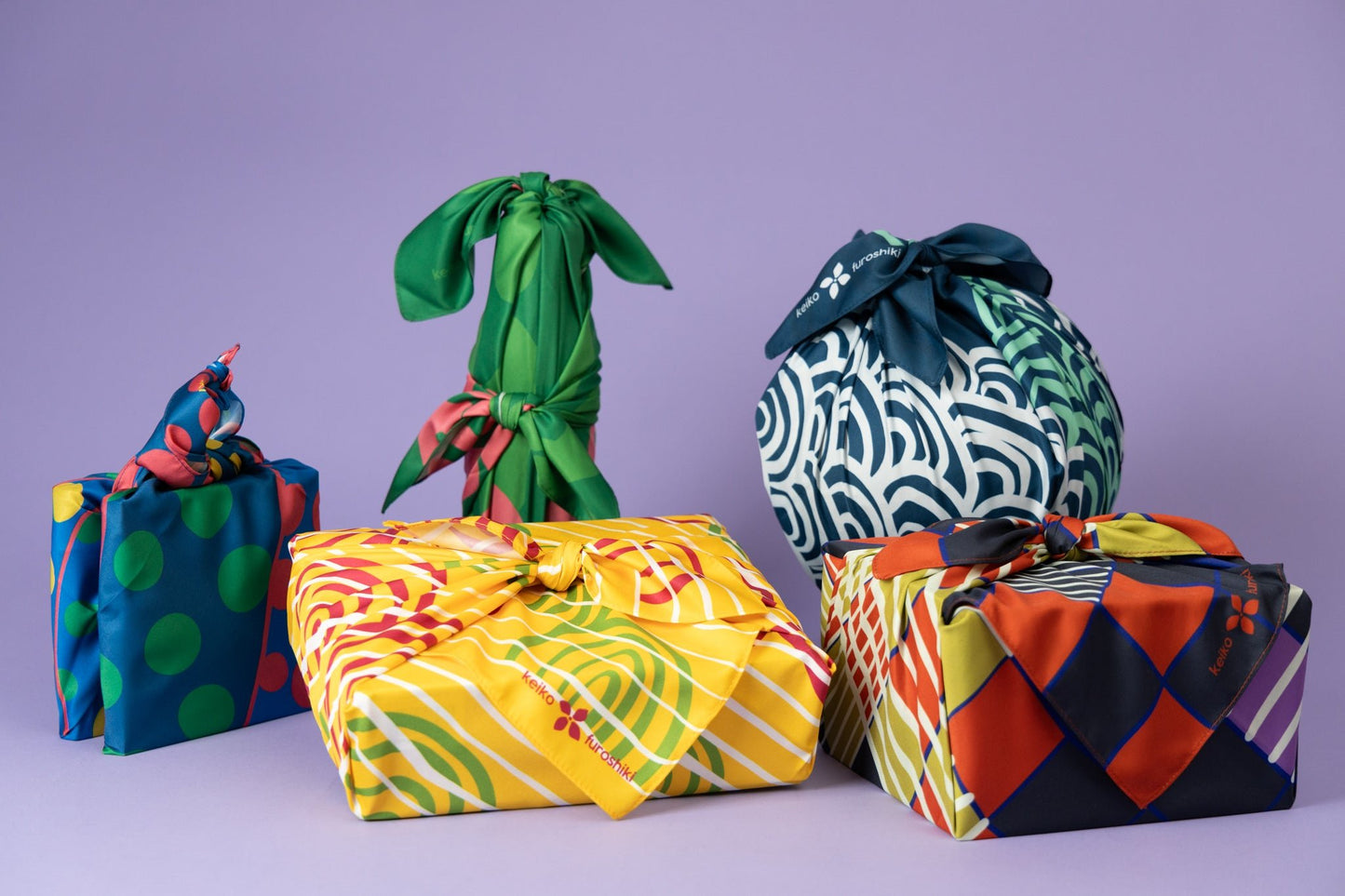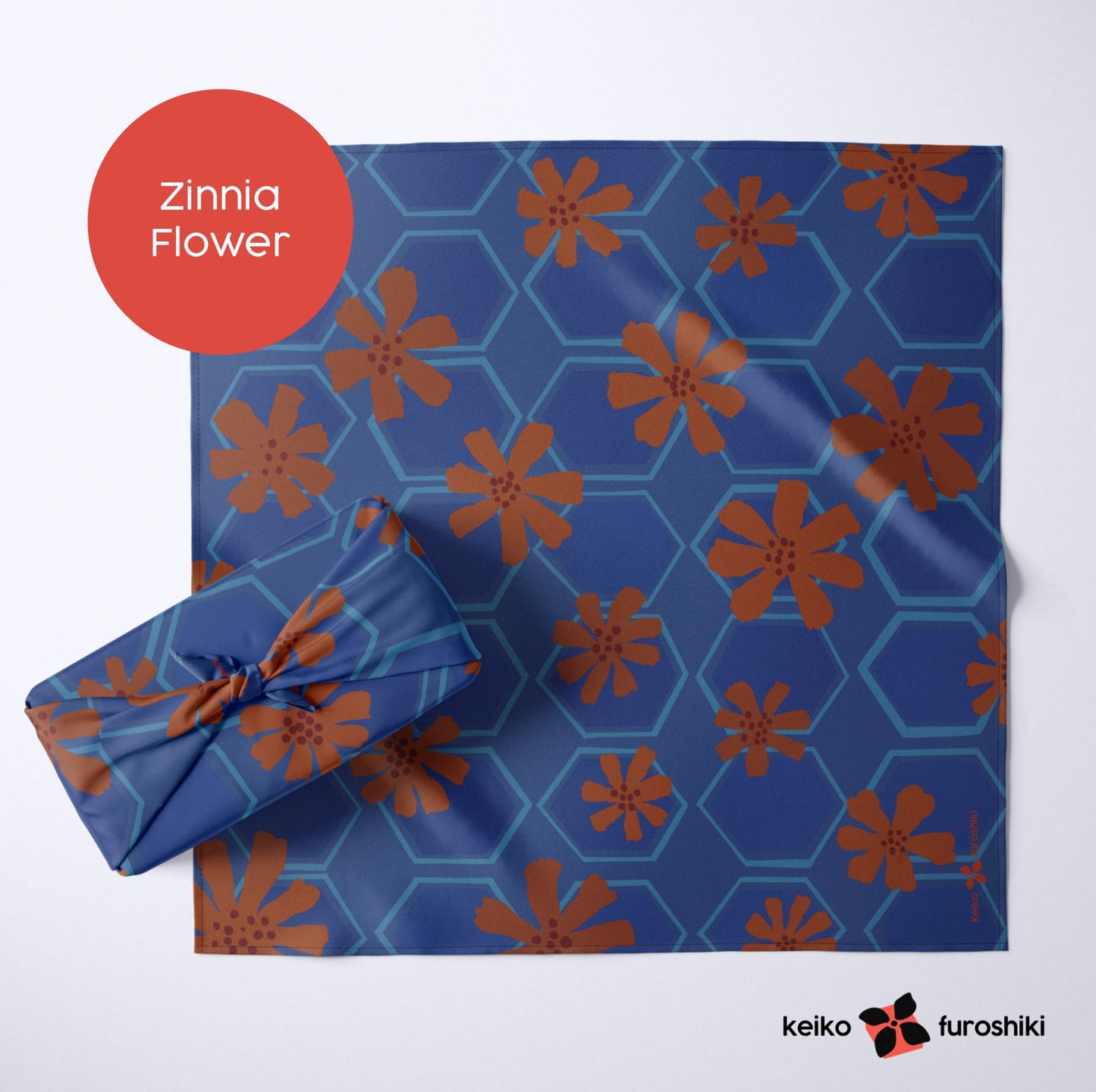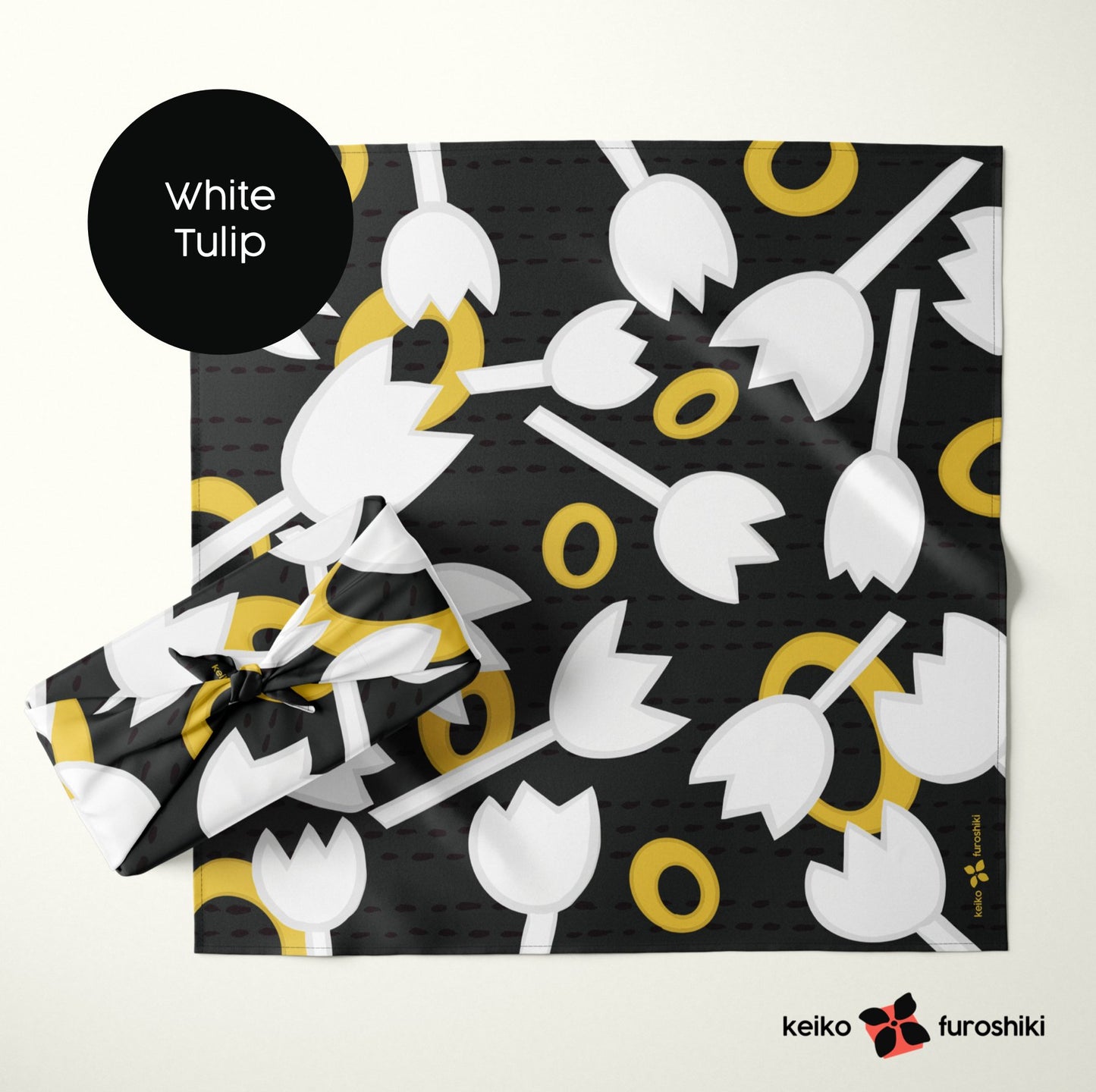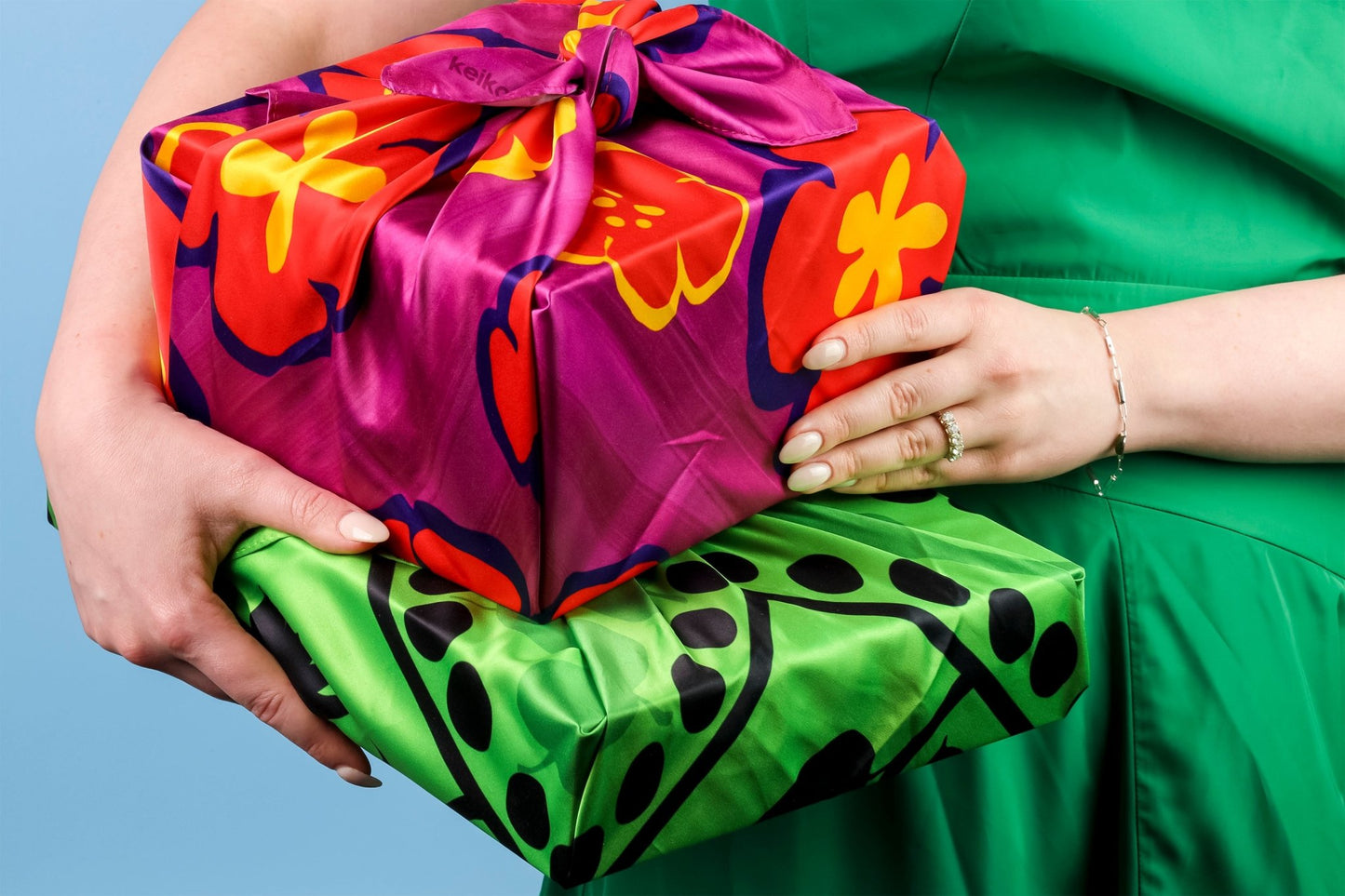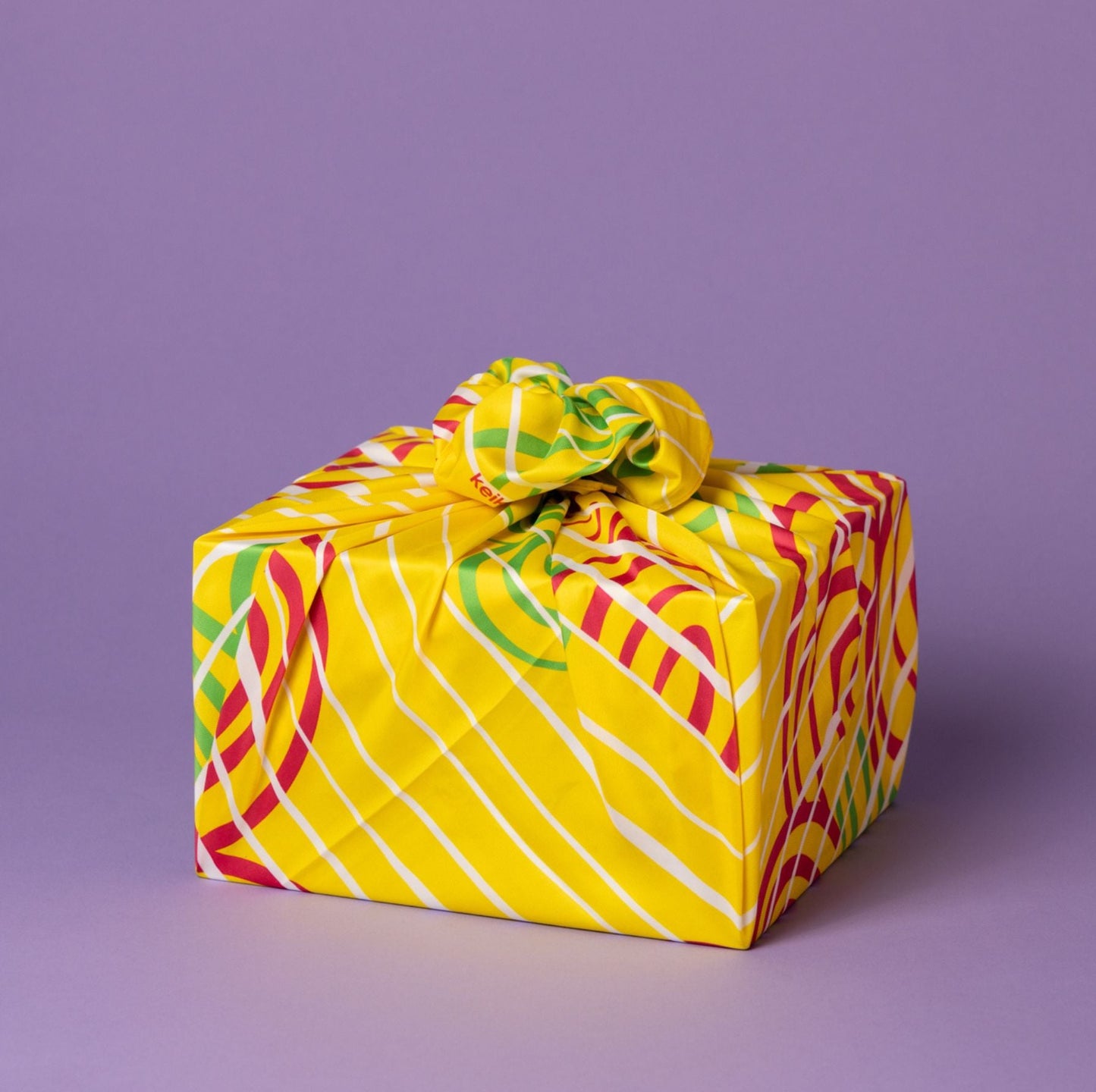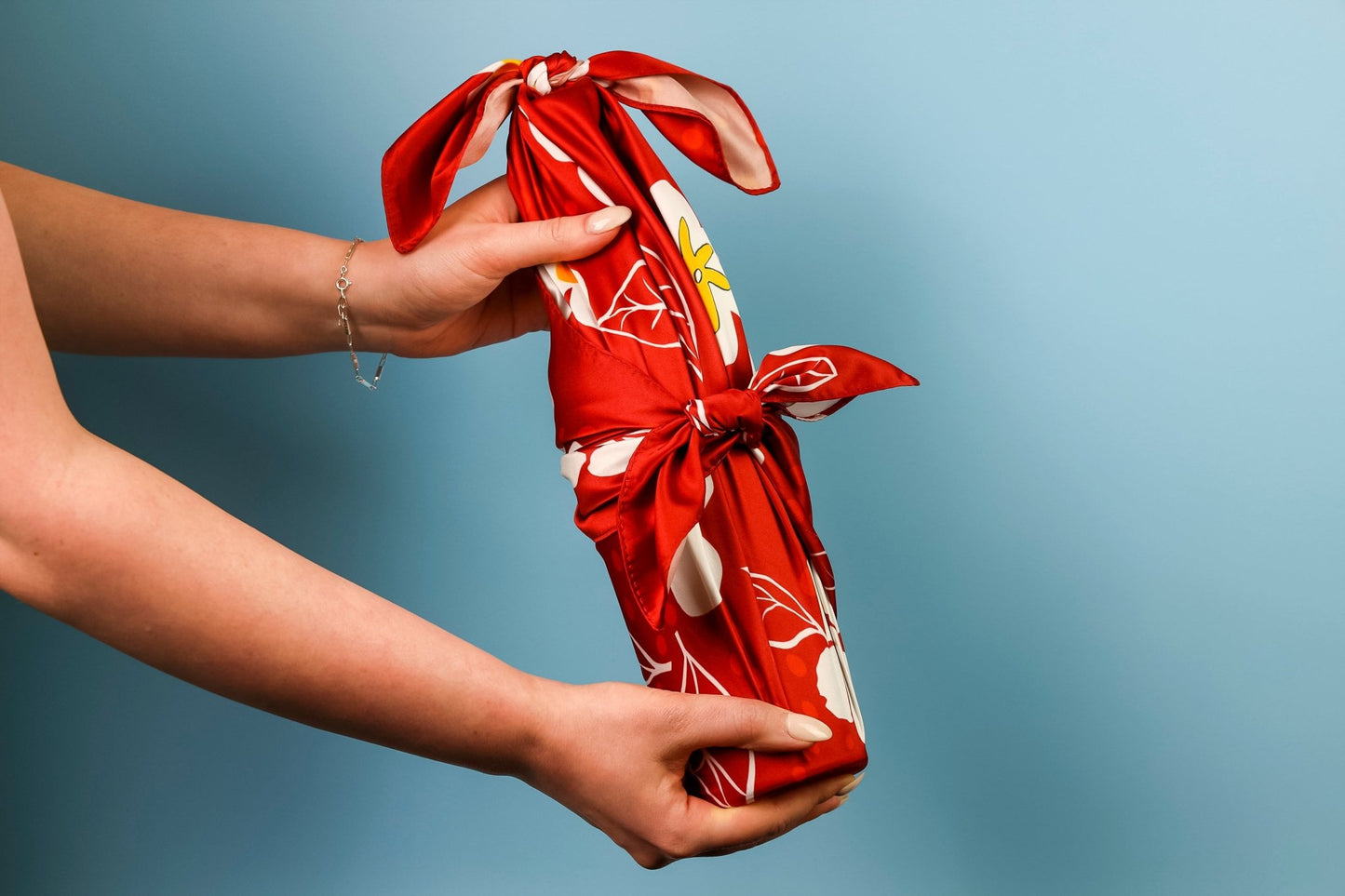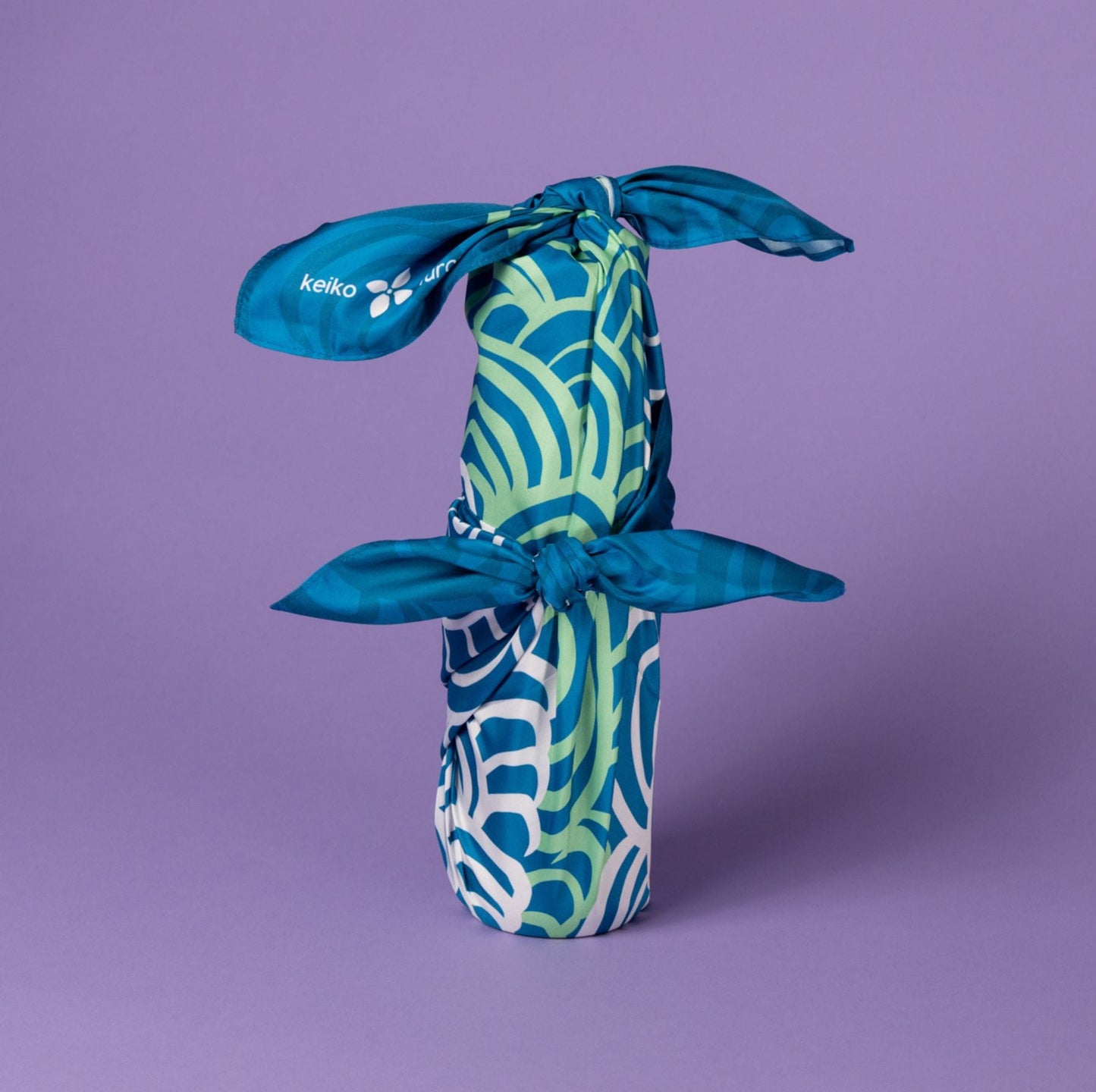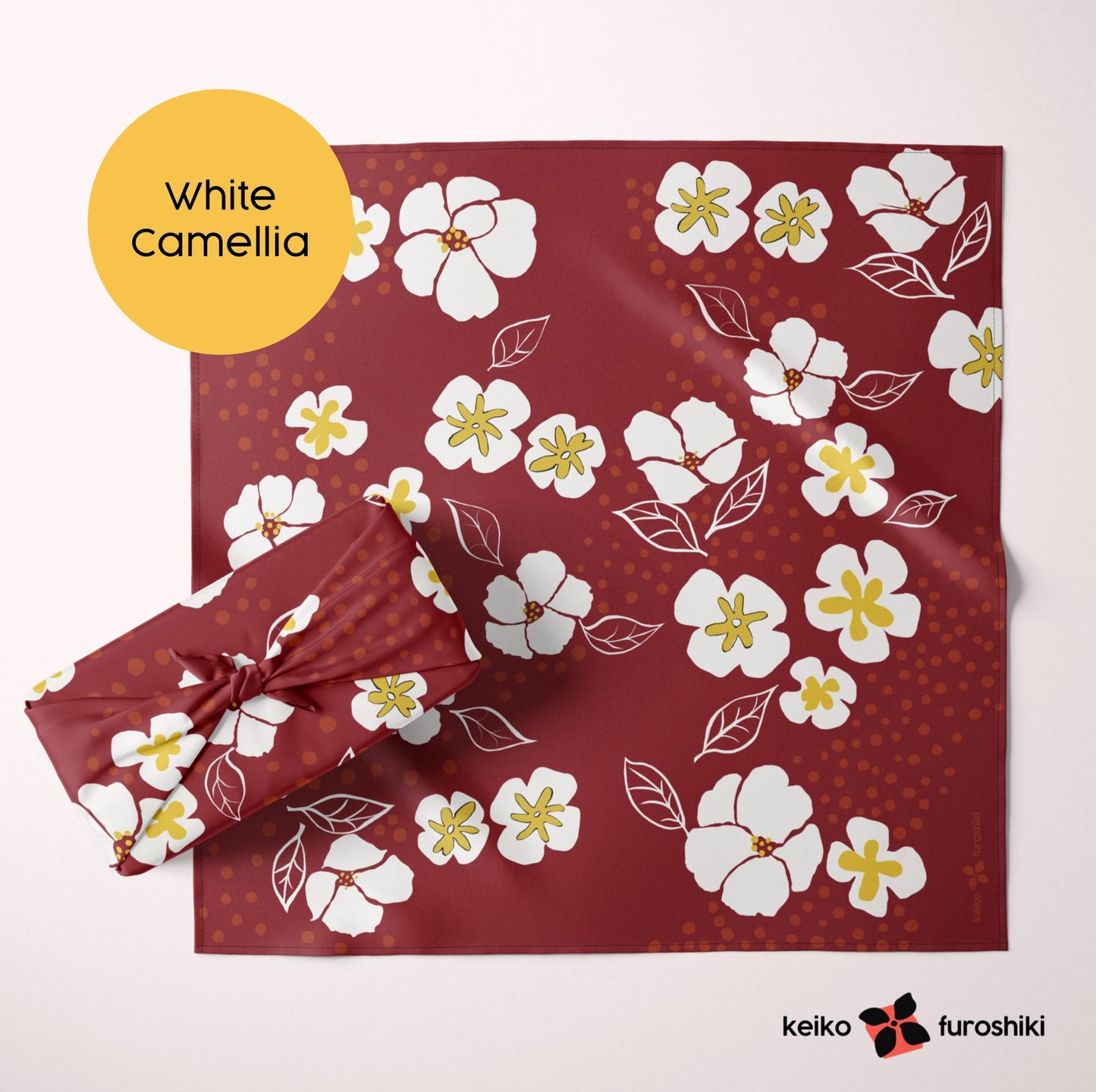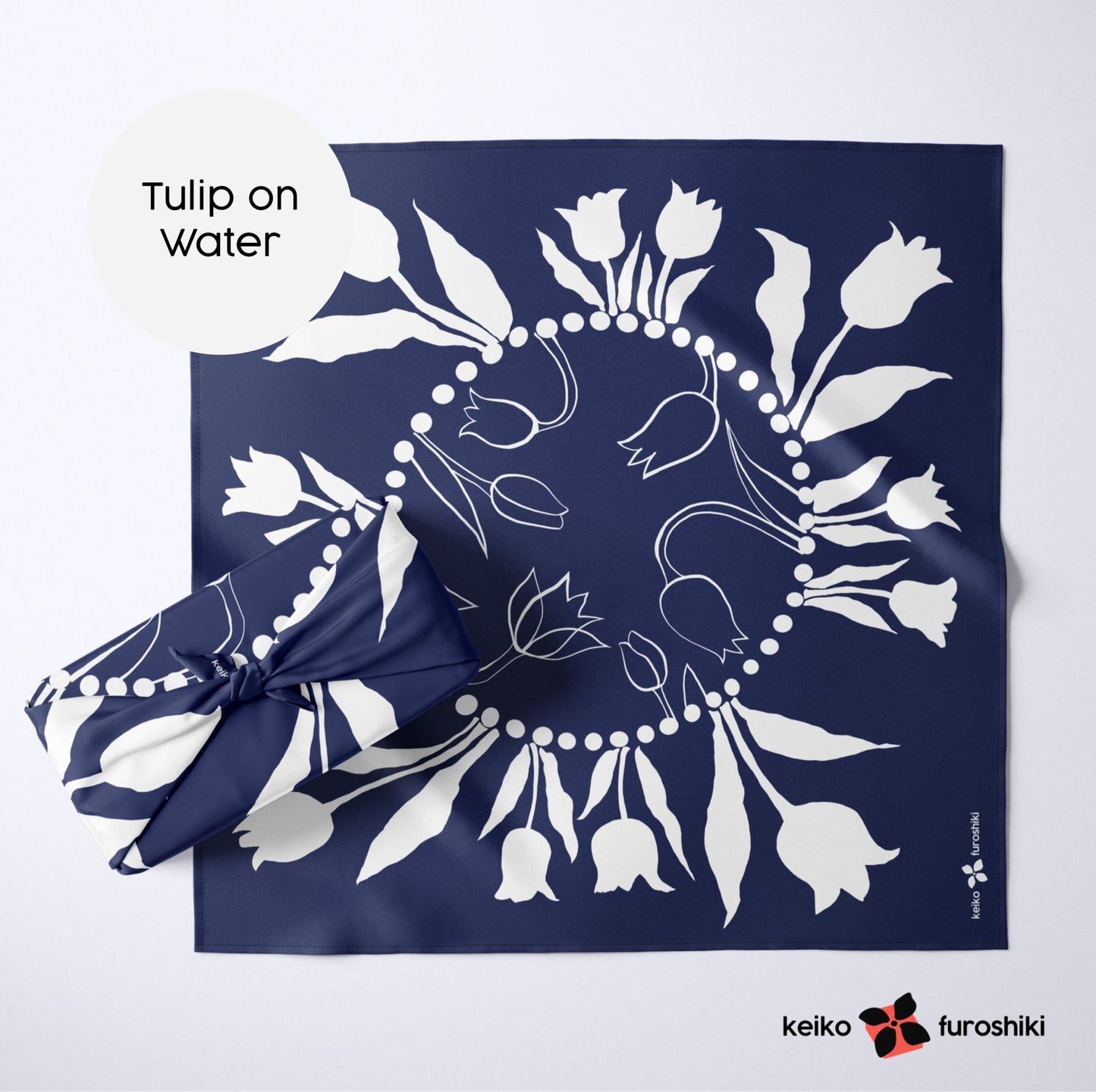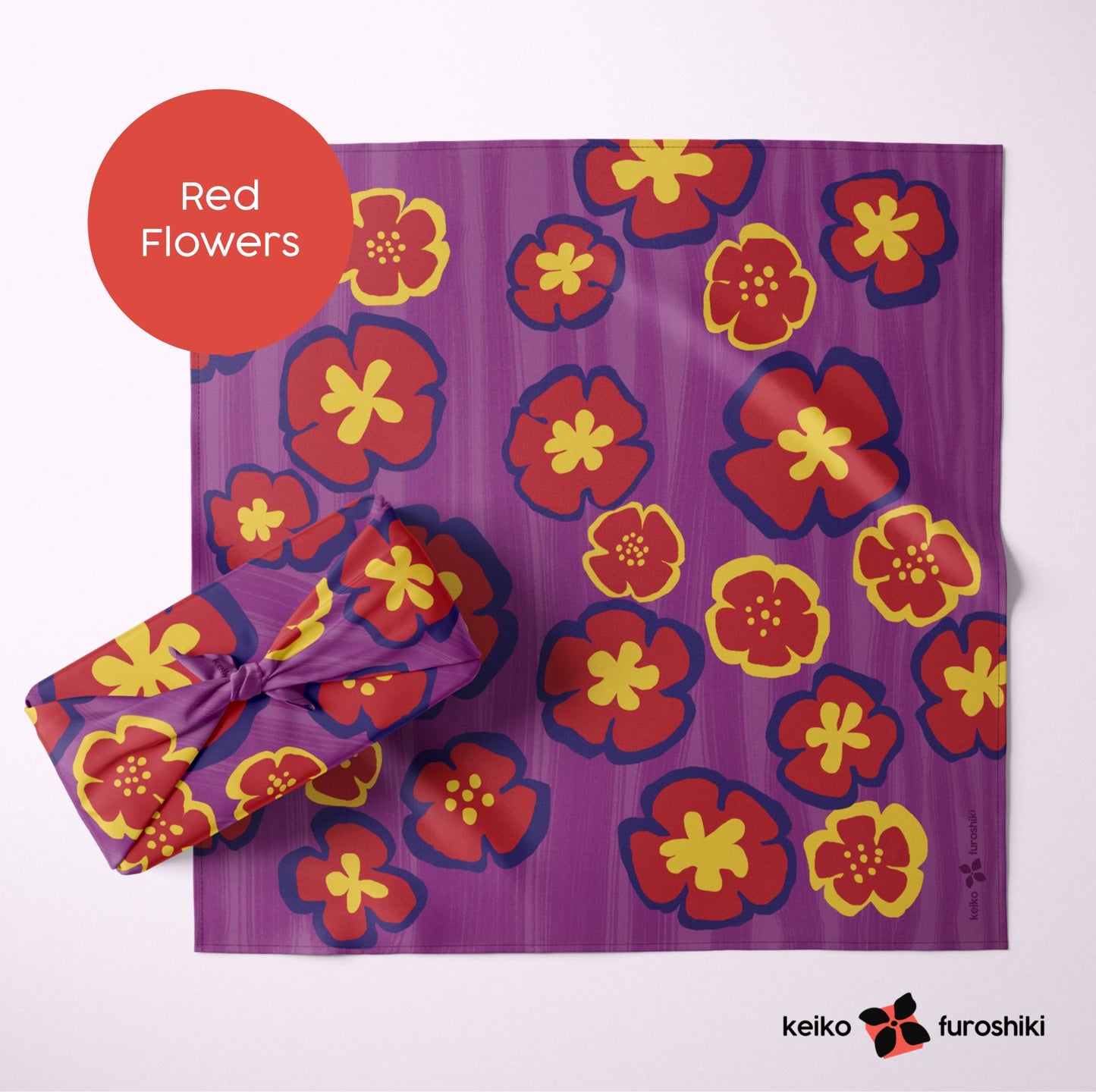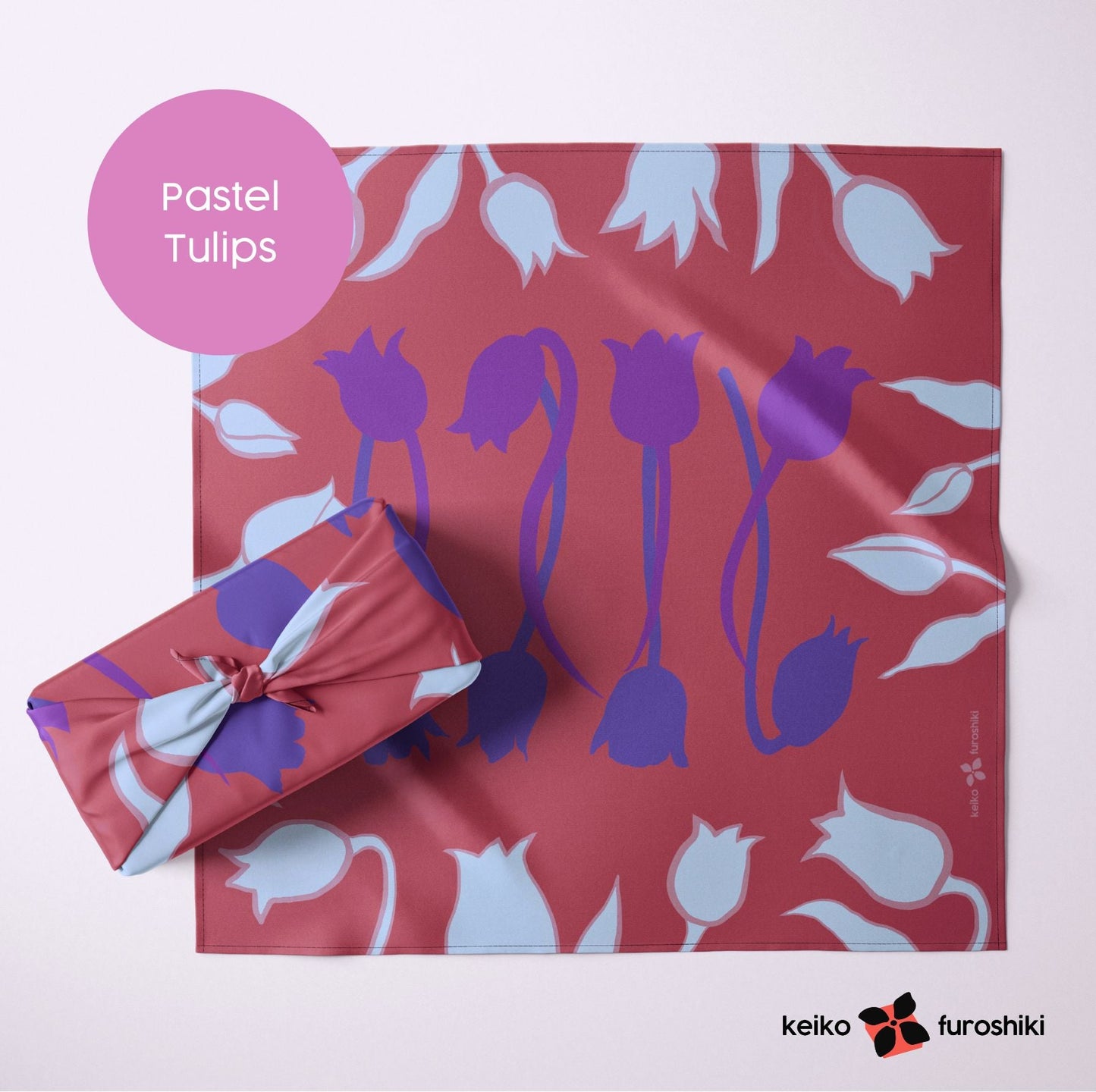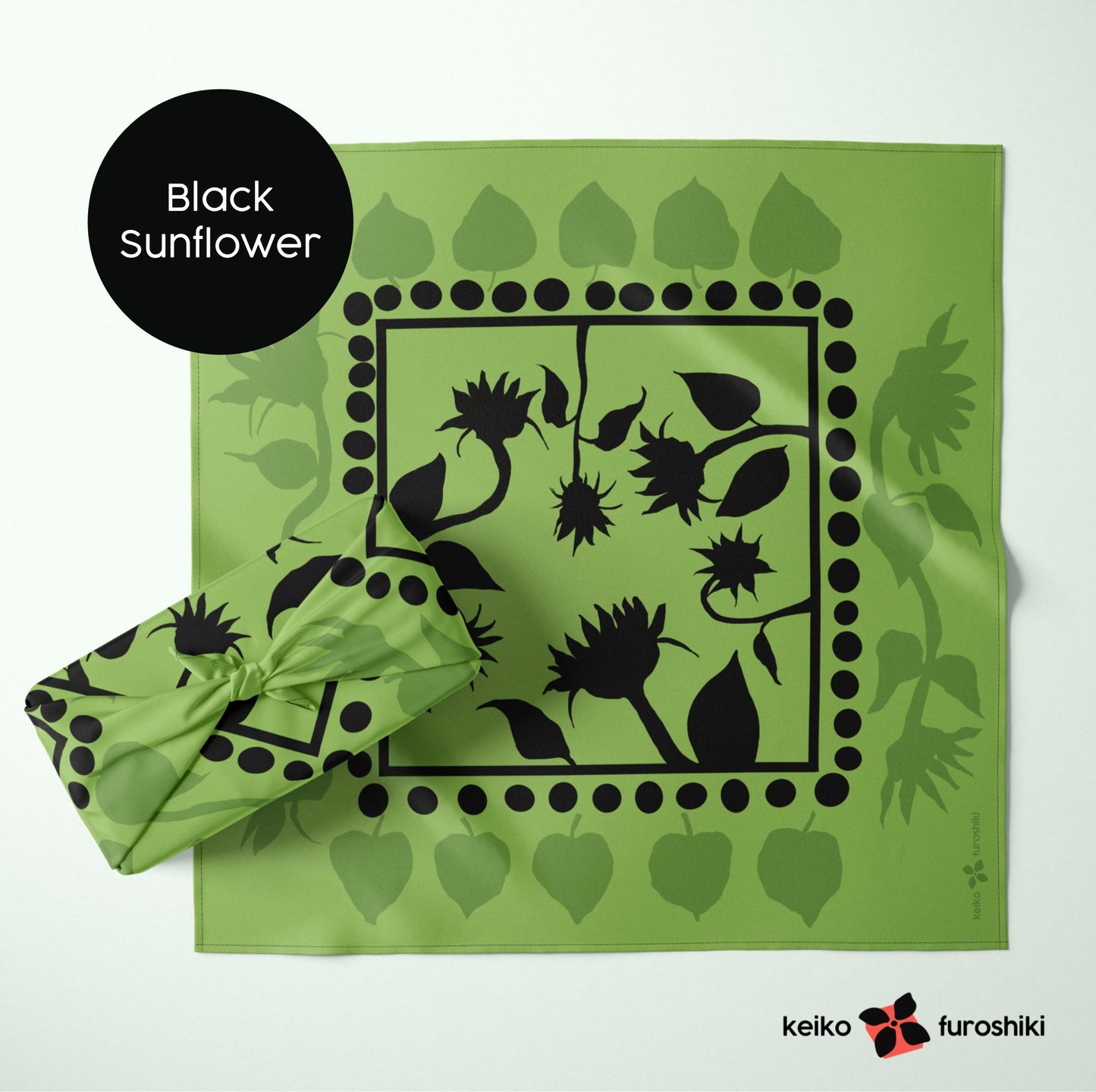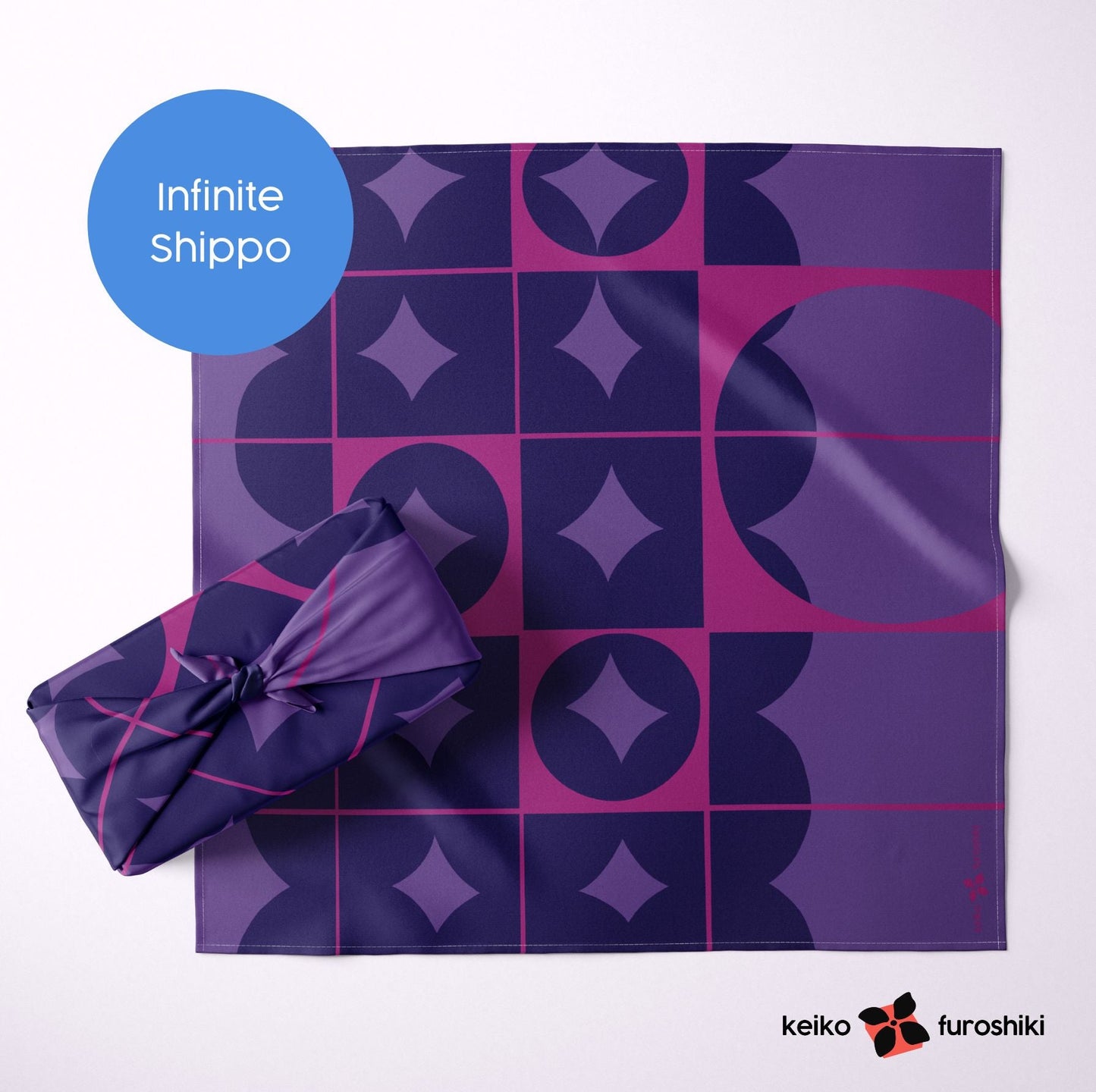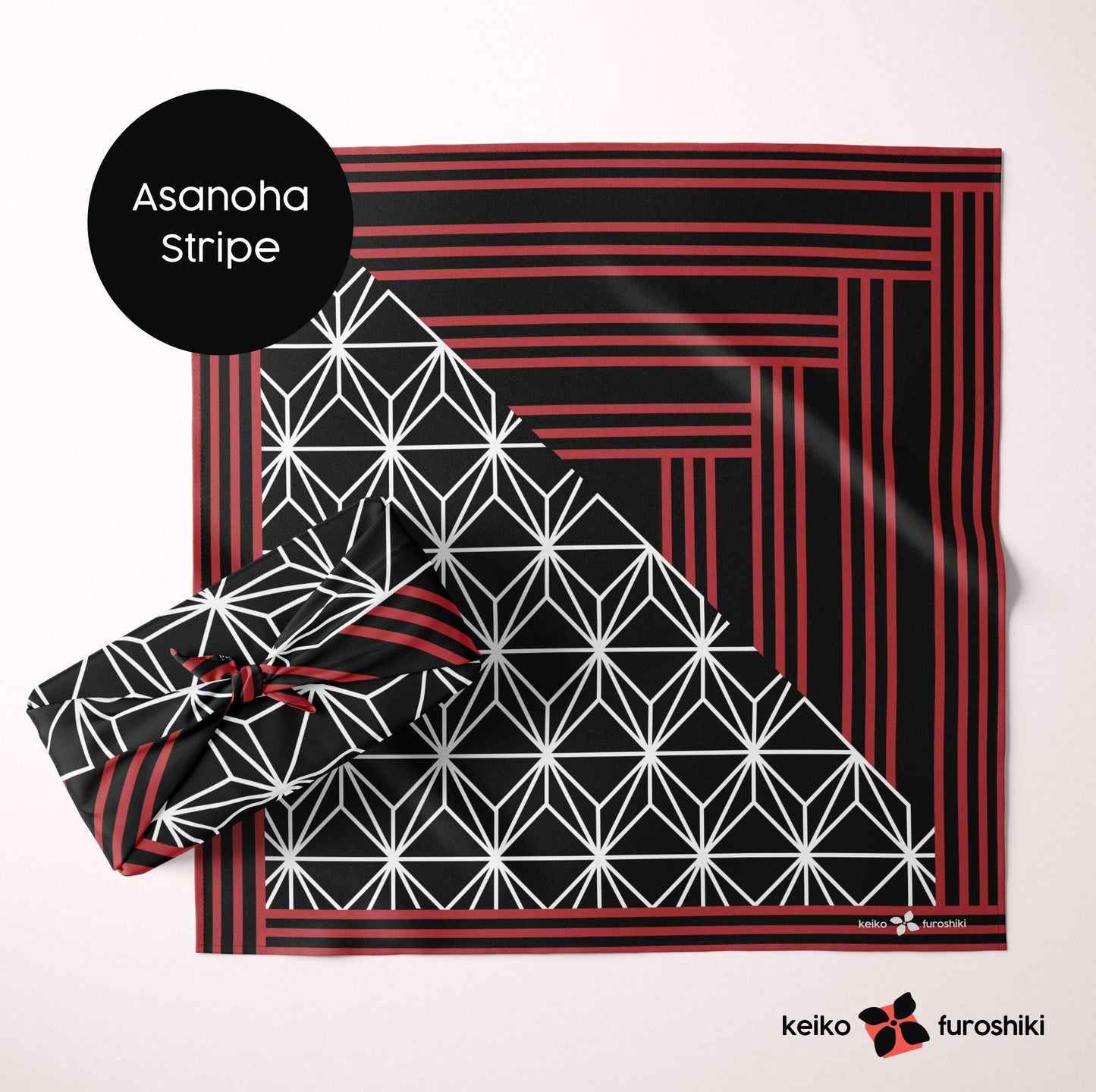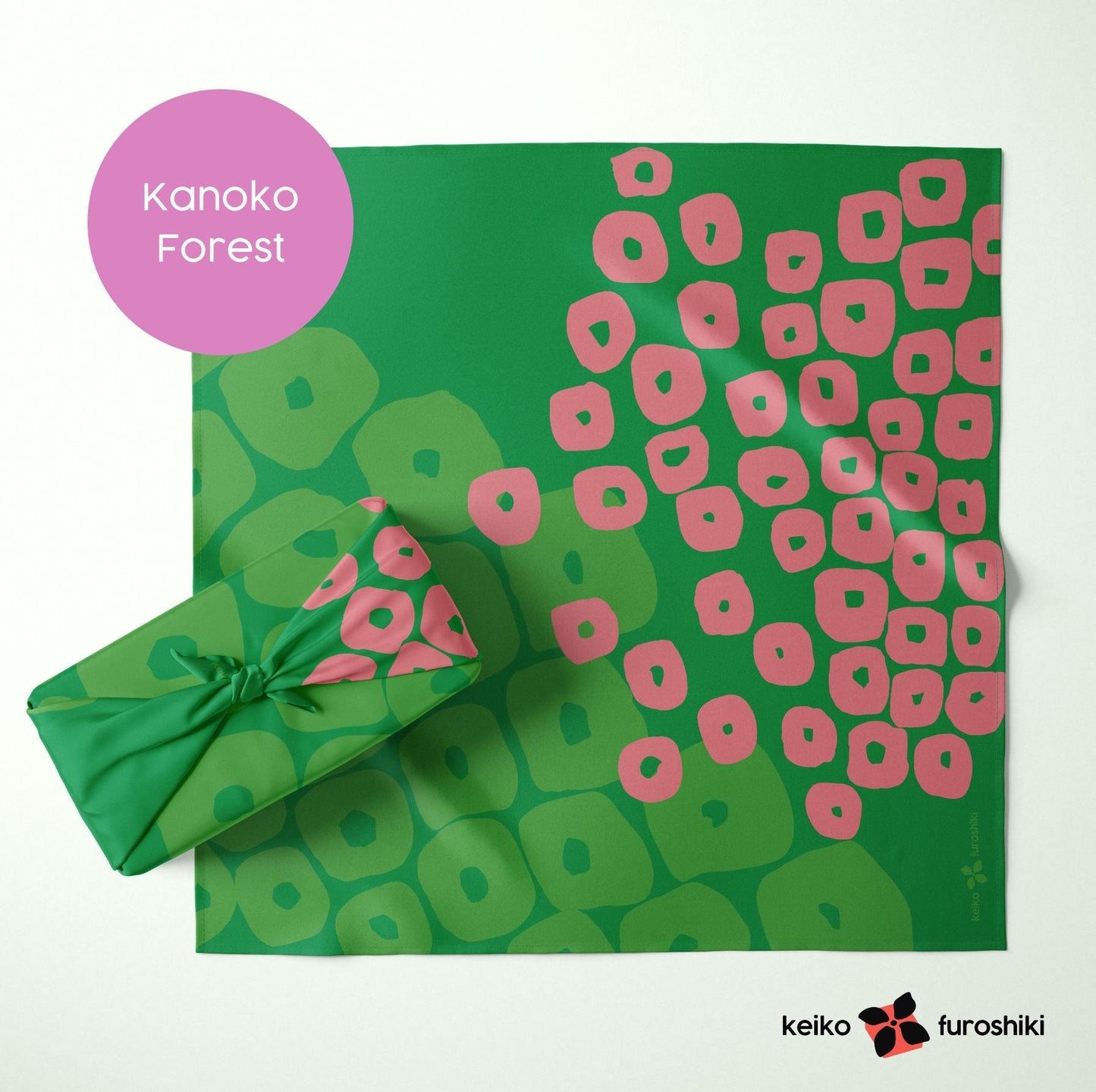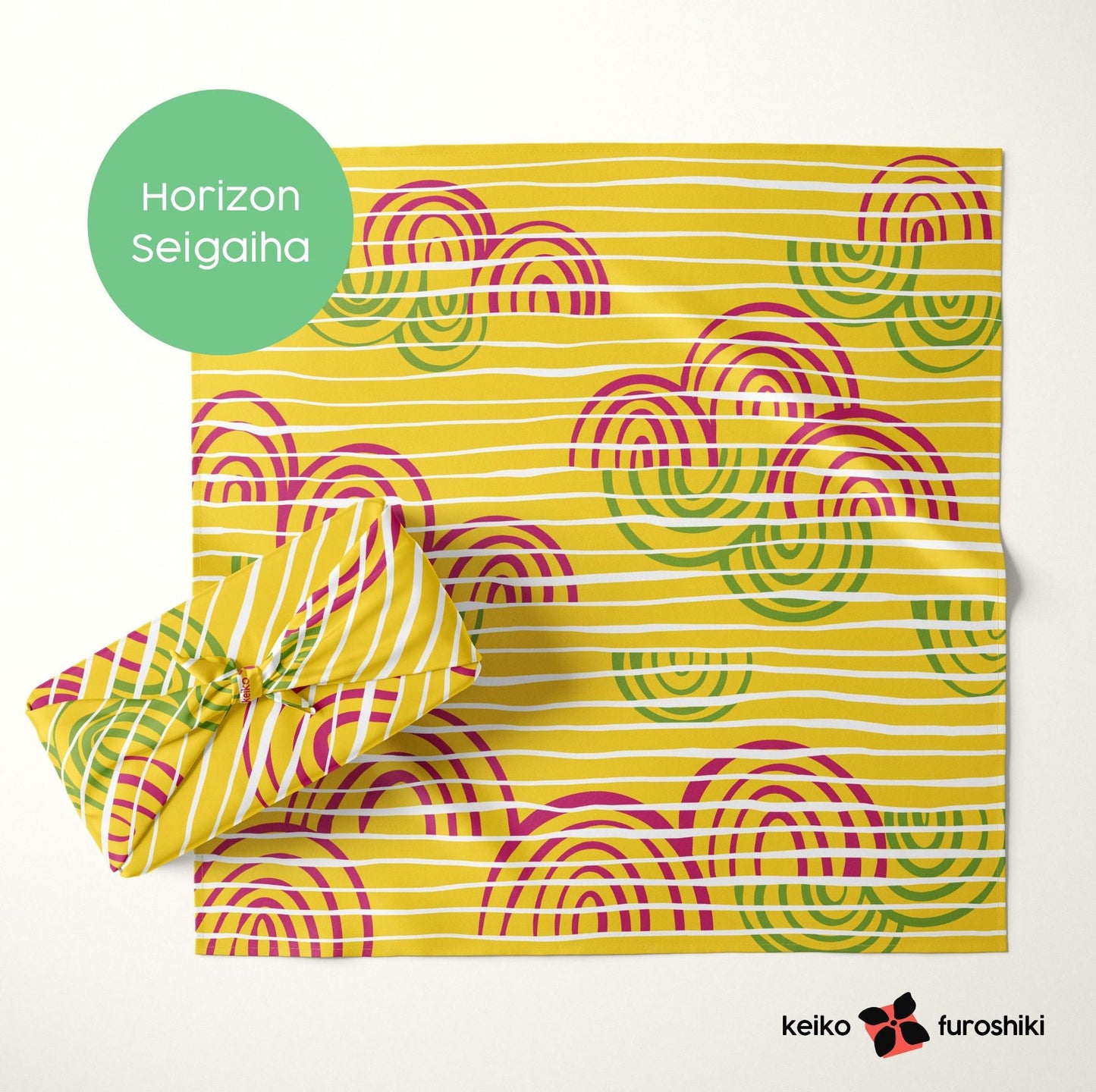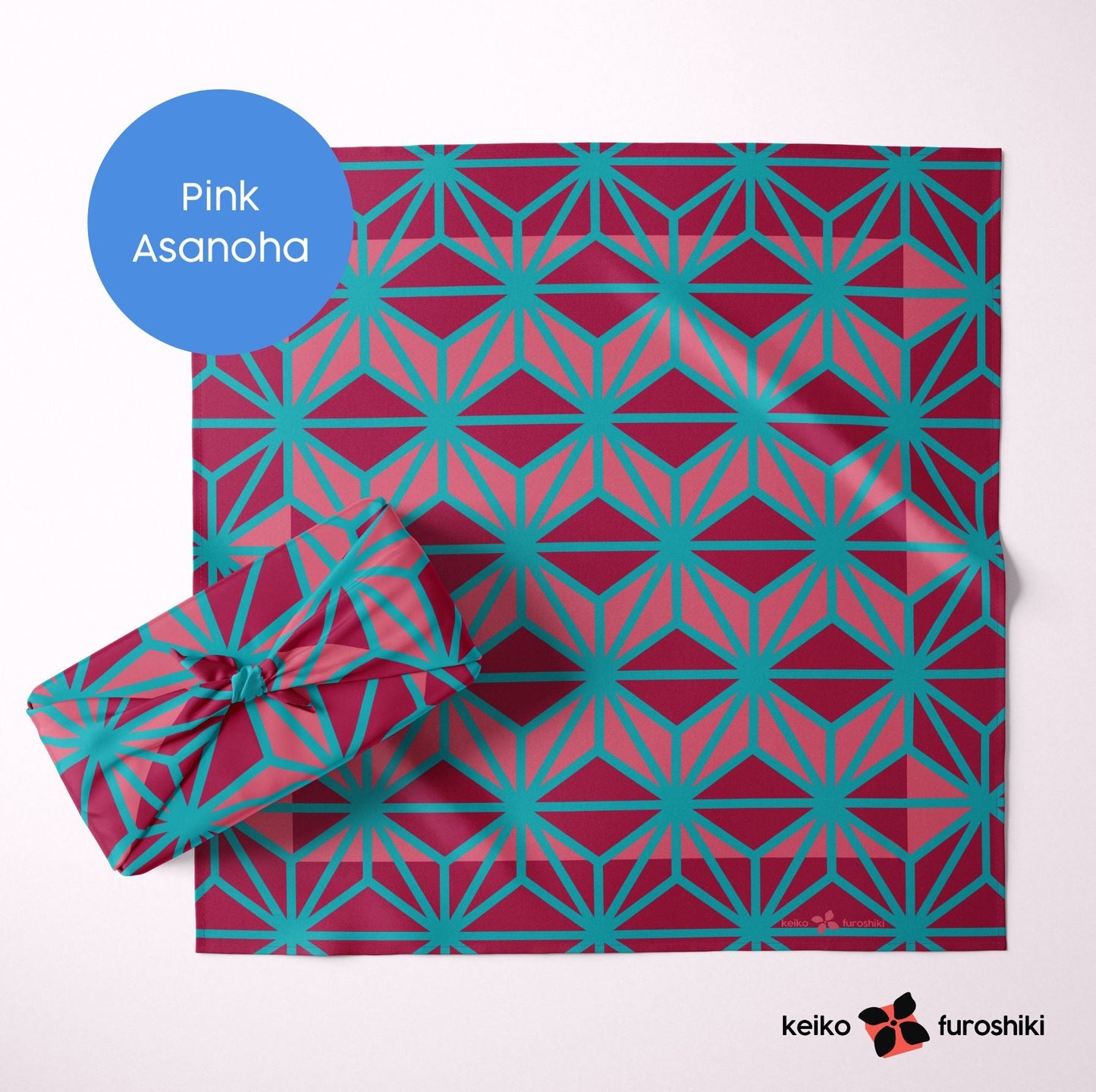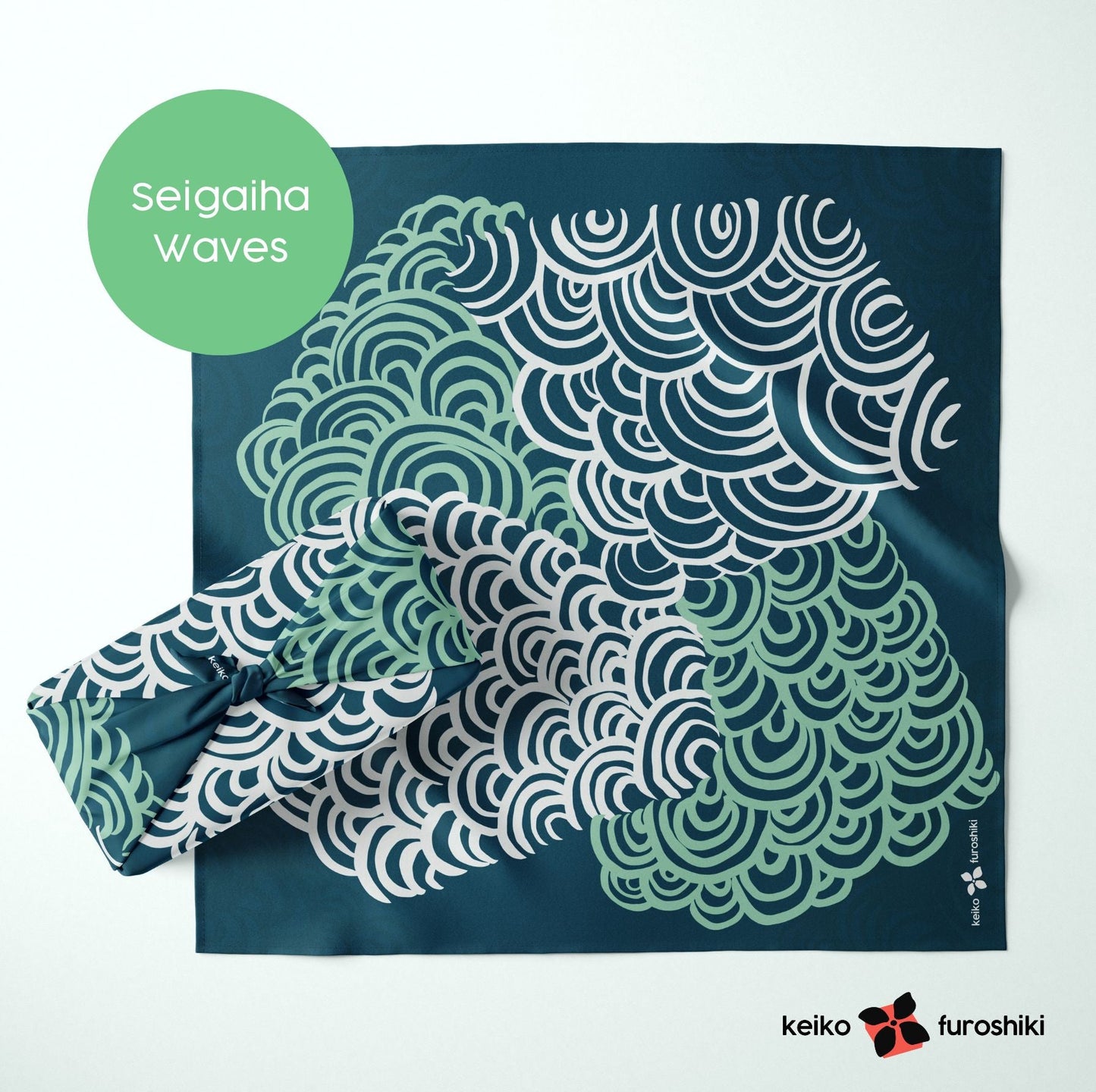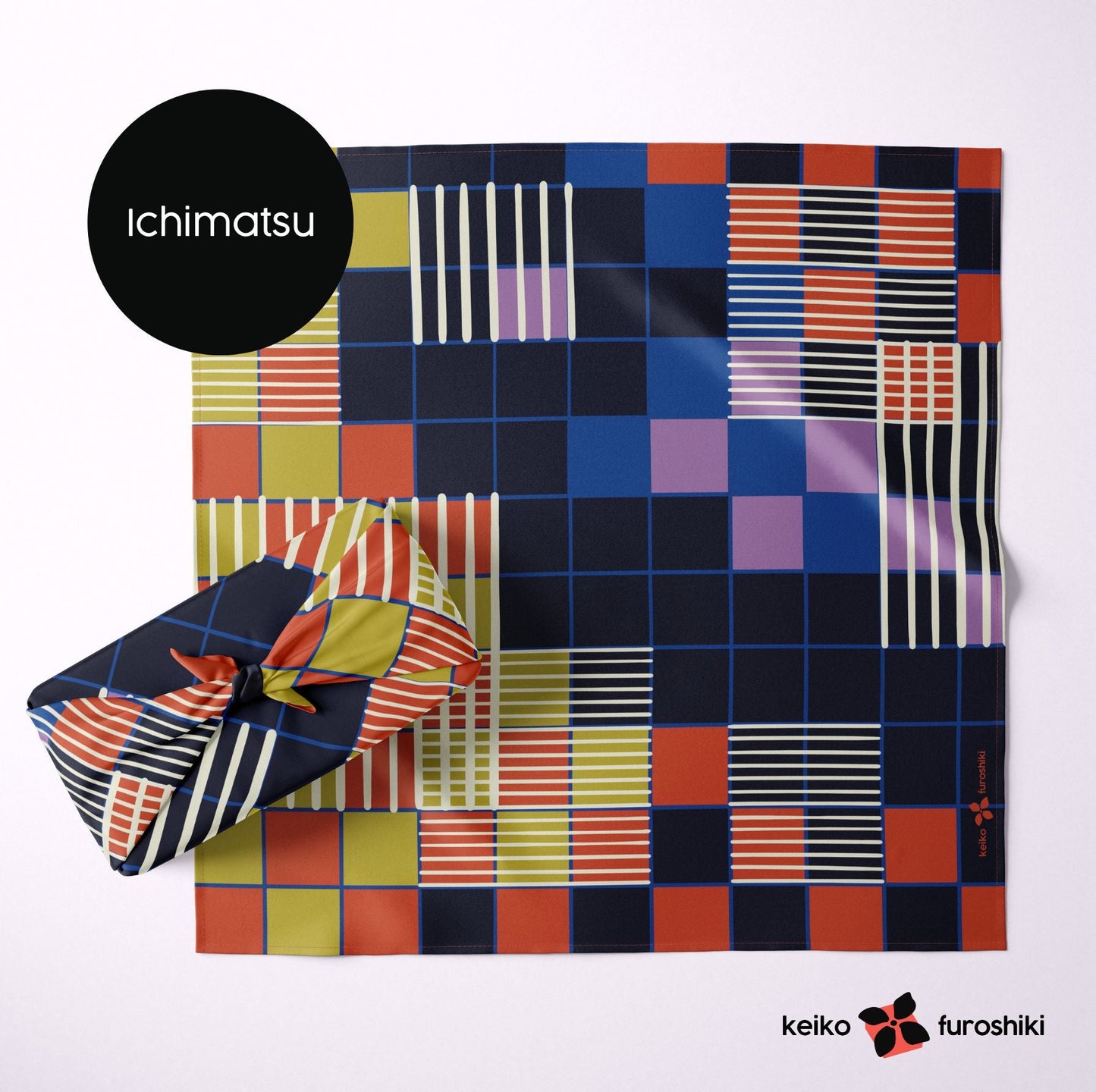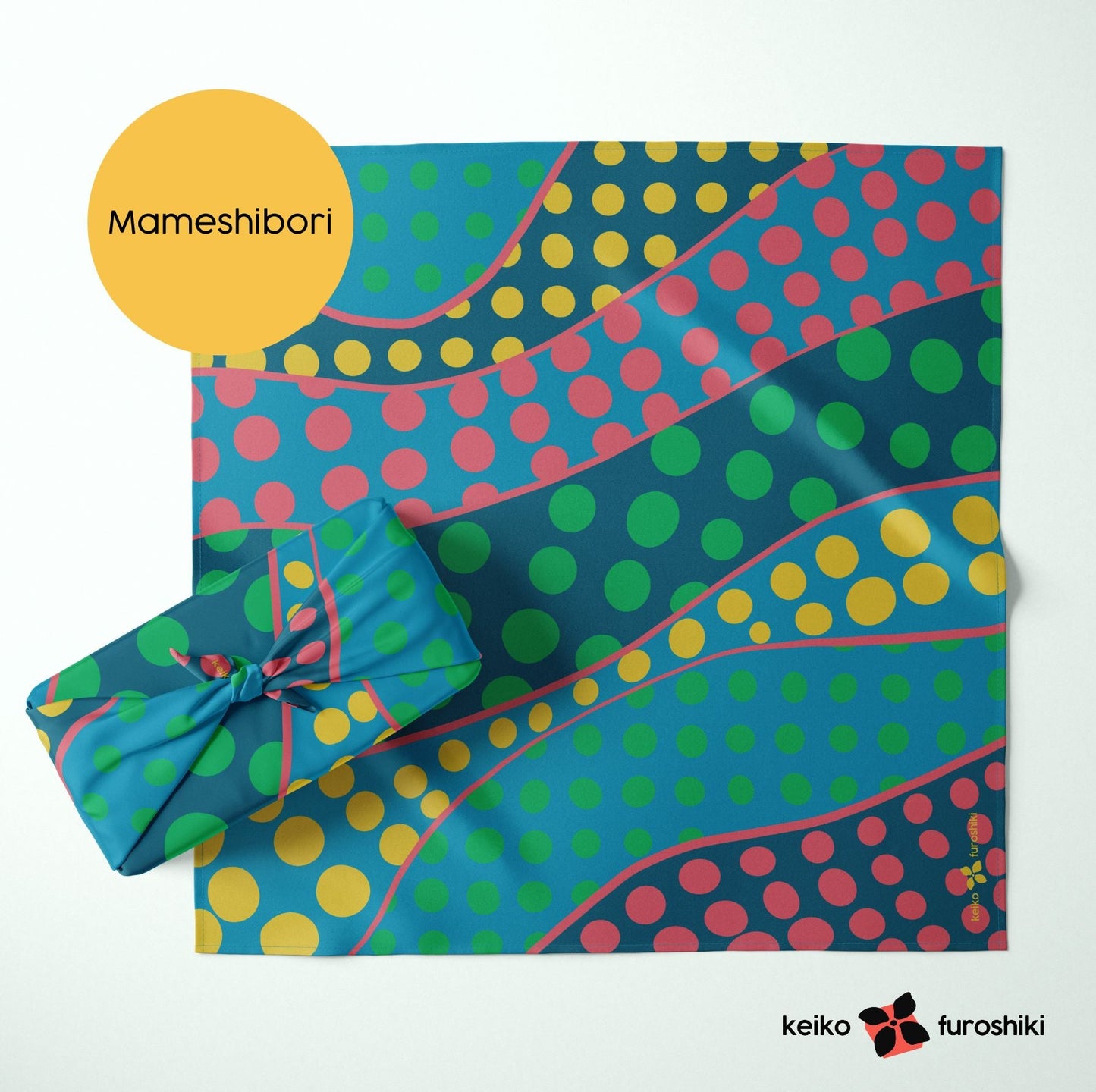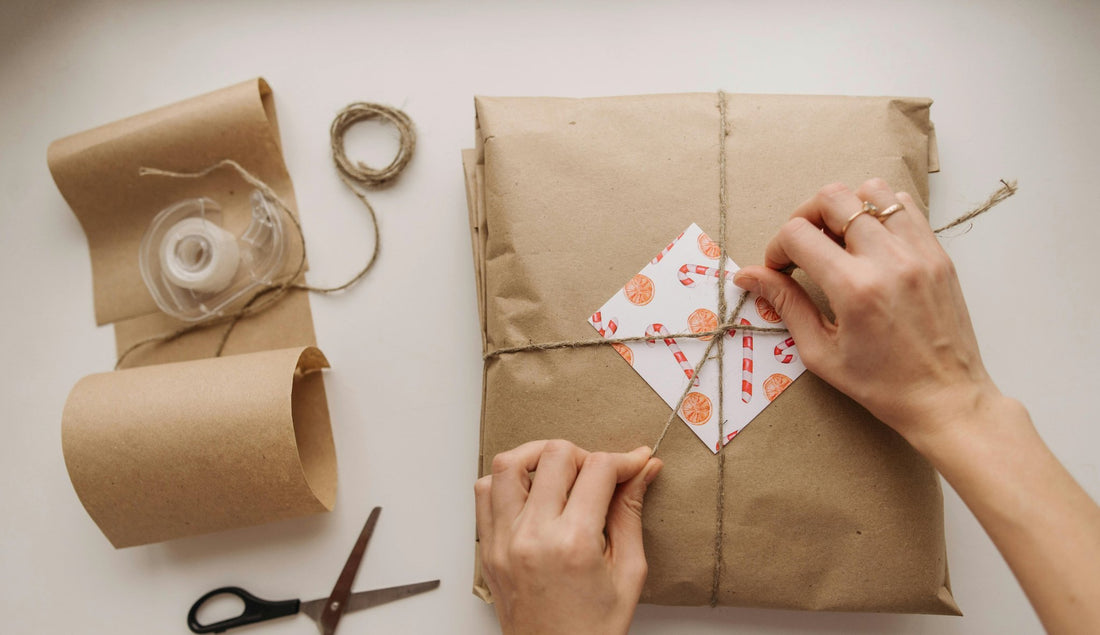
Is Wrapping Paper Recyclable? Why Furoshiki is a Better Sustainable Option
Gift-giving is a cherished tradition that brings joy and excitement to both the giver and the receiver. However, as we become increasingly aware of our environmental impact, the question arises: Is wrapping paper recyclable?
The answer is not as simple as it may seem, as different types of wrapping paper, the paper milling and processing methods, and even the decorations on the paper can influence its recyclability.
In this blog post, we will delve into the various aspects of gift wrap recyclability, shedding light on the environmental impact and exploring sustainable alternatives.

Types of Wrapping Paper
Not all wrapping papers are created equal when it comes to recyclability. Understanding the composition of the wrapping paper is crucial for making environmentally conscious choices.
Traditional Wrapping Paper
Traditional wrapping paper is often made from a mixture of virgin and recycled paper. The key concern with traditional wrapping paper is the presence of non-paper elements such as metallic inks, foils, and laminations. These elements can hinder the recycling process and contribute to environmental pollution.
Craft Paper
Craft paper is a popular eco-friendly option. Made from unbleached wood pulp, it is typically brown and can be easily recycled. However, the presence or addition of dyes or glossy coatings can affect its recyclability.
On its own, craft paper, often considered a recyclable option, may lose its recyclability if adorned with too many decorations. Glitter, tape, and adhesives can contaminate the paper, making it challenging to recycle. Before discarding craft paper, ensure it is free from non-paper elements to maintain its recyclability.

Wait, is Kraft paper the same as Craft paper?
While "craft paper" is a broad term encompassing various papers suitable for crafts, "Kraft paper" specifically denotes a strong and durable type of paper made through the Kraft Process. While craft paper may be bleached or unbleached, depending on the specific product, Kraft paper is unbleached, maintaining its natural color. The lack of heavy bleaching contributes to its strength and makes it a popular choice for heavy-duty packaging.The manufacturing of Kraft paper incorporates a wider variety of wood types, such as pine and bamboo, and emphasizes recycling or reusing by-products for a more sustainable approach.
Foil Wrapping Paper
Foil wrapping paper, often used for a touch of glamour, is not recyclable. The metallic coating makes it difficult to break down during the recycling process. If you're aiming for sustainability, it's best to avoid using foil wrapping paper.
How Do I Know If My Wrapping Paper Is Recyclable?
A simple yet effective way to determine if wrapping paper is recyclable is the scrunch test. If you can scrunch the paper into a ball and it stays in a ball shape, it is likely recyclable. However, if it unfolds and remains flat, it may contain non-paper elements like foil or plastic, making it non-recyclable.
The Environmental Impact of Producing Wrapping Paper
Paper Milling and Processing
Understanding how paper is milled and processed provides insights into the environmental impact of gift wrap production. The paper manufacturing process involves cutting down trees, breaking them down into pulp, and then pressing and drying the pulp into paper. Unfortunately, this process can have adverse effects on local communities and ecosystems.
Deforestation Concerns
The demand for paper contributes to deforestation, leading to habitat loss and biodiversity decline. Choosing recycled or sustainably sourced wrapping paper can help reduce the environmental impact associated with deforestation.
Chemical Use
The paper manufacturing process often involves the use of chemicals such as bleach and dyes. Improper disposal of these chemicals can lead to water pollution, affecting both aquatic ecosystems and nearby communities. Opting for chlorine-free or recycled paper helps minimize the use of harmful chemicals.
Environmental Impact on Local Communities
The environmental impact of paper production isn't limited to forests and ecosystems; it also affects the communities living near paper mills. From air and water pollution to noise and traffic, these communities bear the brunt of the environmental consequences.
Air and Water Pollution
Paper mills emit pollutants into the air and water, contributing to poor air quality and contaminated water sources. This pollution can have serious health implications for those living in proximity to these facilities.
Sustainable Alternatives to Disposable Wrapping Paper
More Ethical Wrapping Paper
Some paper mills prioritize sustainability by implementing eco-friendly practices, such as using recycled materials, reducing water usage, and implementing cleaner production methods. Supporting brands that prioritize sustainability can help drive positive change in the industry.
Reuse What You Have
Before reaching for new wrapping paper, consider reusing materials you already have. As our co-founder Andrea shared in an article on Martha Stewart, you can get creative and use what you already have, such as:
Reusing materials as wrapping paper is a creative and eco-friendly way to reduce waste. Here are some inventive ways to repurpose items you already have at home for wrapping gifts:
- Newspaper and magazines
- Maps
- Old paper bags
- Old calendars
- Children's artwork
- Sheet music
- Materials from packaged goods you've unboxed
- Fabric scraps

Furoshiki
Inspired by Japanese heritage, furoshiki is a traditional wrapping cloth that can be used to wrap and carry items. Reusable and versatile, furoshiki eliminates the need for disposable wrapping paper and adds a touch of elegance to your gift-giving.
Investing in reusable fabric gift wrap is a sustainable choice. These wraps come in various prints making them an aesthetically pleasing and eco-friendly alternative to traditional paper. Shop all our furoshiki prints here.
They also have a ton of uses beyond gift wrapping, you can use furoshiki as a reusable shopping bag, a beautiful scarf, home decor, and more.
How to be a Mindful Gift-Giver
All thing considered, the recyclability of gift wrap depends on various factors, including the type of paper, the presence of non-paper elements, and the manufacturing process. Being mindful of these factors allows us to make informed choices that align with our commitment to sustainability. By opting for recyclable materials, supporting eco-friendly paper mills, and exploring creative alternatives like furoshiki and reusable fabric gift wrap, we can enjoy the gift-giving tradition while minimizing our impact on the environment. Remember, the choices we make today contribute to the health of our planet tomorrow.


